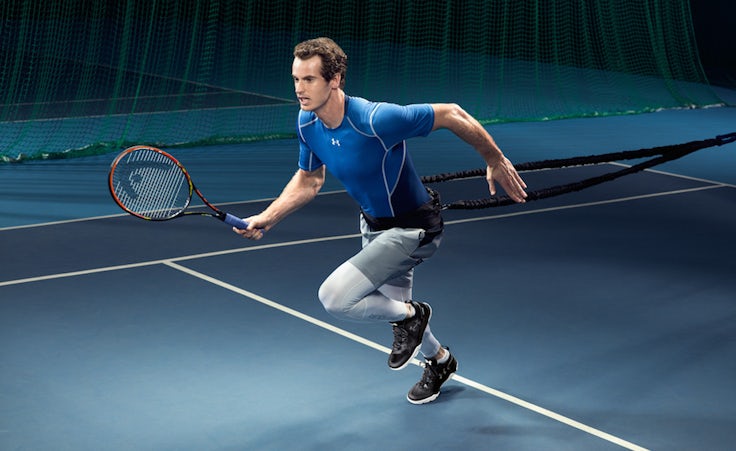Brands need to find growth in uncomfortable places
Marketers need to find out why marketing communications work, rather than just measuring what is working, to discover new routes to market.

Marketing effectiveness needs to go beyond just measuring what works to looking at the why through behavioural science and asking questions about the role of brands in consumers’ lives.
Speaking at The IPA’s Genesis Conference in London today (1 November) Bart Michels, global CEO of Kantar Added Value, told the audience “all the easy growth has gone”.
He said: “Clients are trying to find growth in uncomfortable places and what that means is new segments, new markets, new routes to market and different business models.”
This has resulted in a change in the questions organisations put to consumers. He added: “[The] big questions that can unlock growth are the ones that have baked within them some assumption about how you can change the role of your brand in someone’s life.”
For Mark Luce, group marketing operations director at SABMiller, that growth in an uncomfortable place comes from realising that women make up 50% of the world’s population.
He said: “Beer grew up as a drink for blokes who went down the pub, the problem now is that there are less pubs [and] blokes have other things to do.
We’ve suddenly woken up to the fact that 50% of the world’s population are women.
Mark Luce, group marketing operations director at SABMiller
The challenge is that the beer category “has never appealed to women”. Luce said that if the company wants beer to appeal to women “it would be a good place to start by stopping pissing off women in the way that we communicate, because actually I can’t understand why any self respecting woman would want to drink beer”.
He said one of the challenges for the category is how to make beer more relevant to more consumers on more occasions.
Last month, SABMiller, which owns brands such as Peroni Nastro, Pilsner Urquell and Fosters, merged with Budweiser and Stella Artois owner AB InBev in a $100bn merger.
But growth will remain a challenge for its brands as the beer industry is being outcompeted by other categories, including craft beer, wine, spirits or soft drinks; so it’s becoming “increasingly difficult” to find growth.
Putting the brand to work
Jan Gooding, global brand director at Aviva, joined Luce and Michels on the marketing effectiveness panel and urged marketers to “rediscover the excitement of actually doing business”.
Instead of creating new brands Gooding advised marketers to reinvent the brand because “a brand has to go to work” to create the loyalty and continued spend that comes from consumers buying into that brand.
She said: “We all need to rediscover the excitement of actually doing business and what marketing was about and solving business problems or bringing business strategy to market – rather than living in the domain of paid-for advertising spend.”
It boils down to changing behaviour for the global brand director because “that is where the commercial opportunity lies”.
SABMiller’s approach echoed Gooding’s sentiment. Luce warned: “Having an aspiration to grow but not understanding what you need to do to change consumer behaviour is going to cause you a problem.”
He added: “Marketers have always known what works, if you have a good programme of marketing spend effectiveness you can find out what works and do more of it but behavioural science allows us to understand what works and why its working.”
The drinks giant is using behavioural science to understand what works and why it’s working. Luce said: “If you are going to change consumer behaviour or shopper behaviour you have to understand how people make decisions, if you don’t understand you are not going to be successful.”






